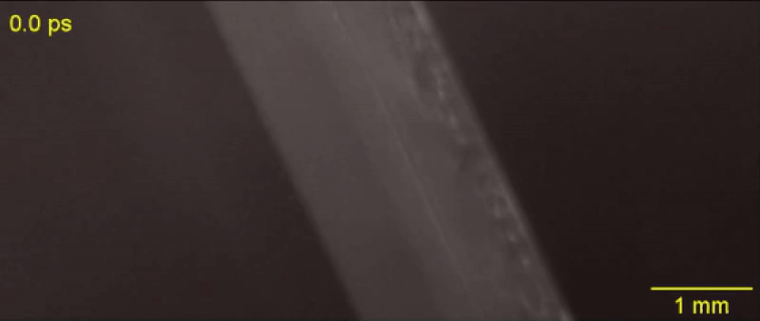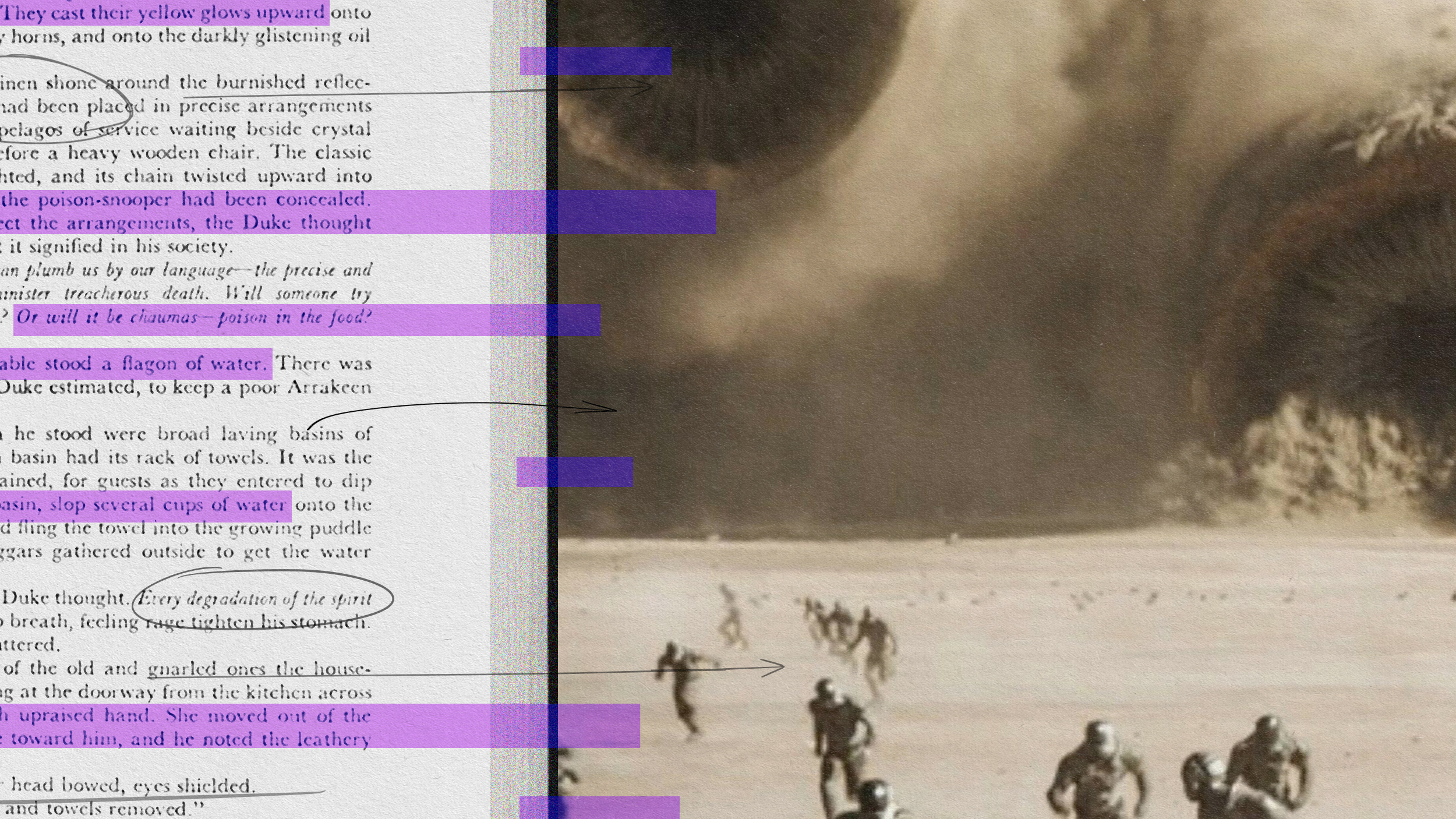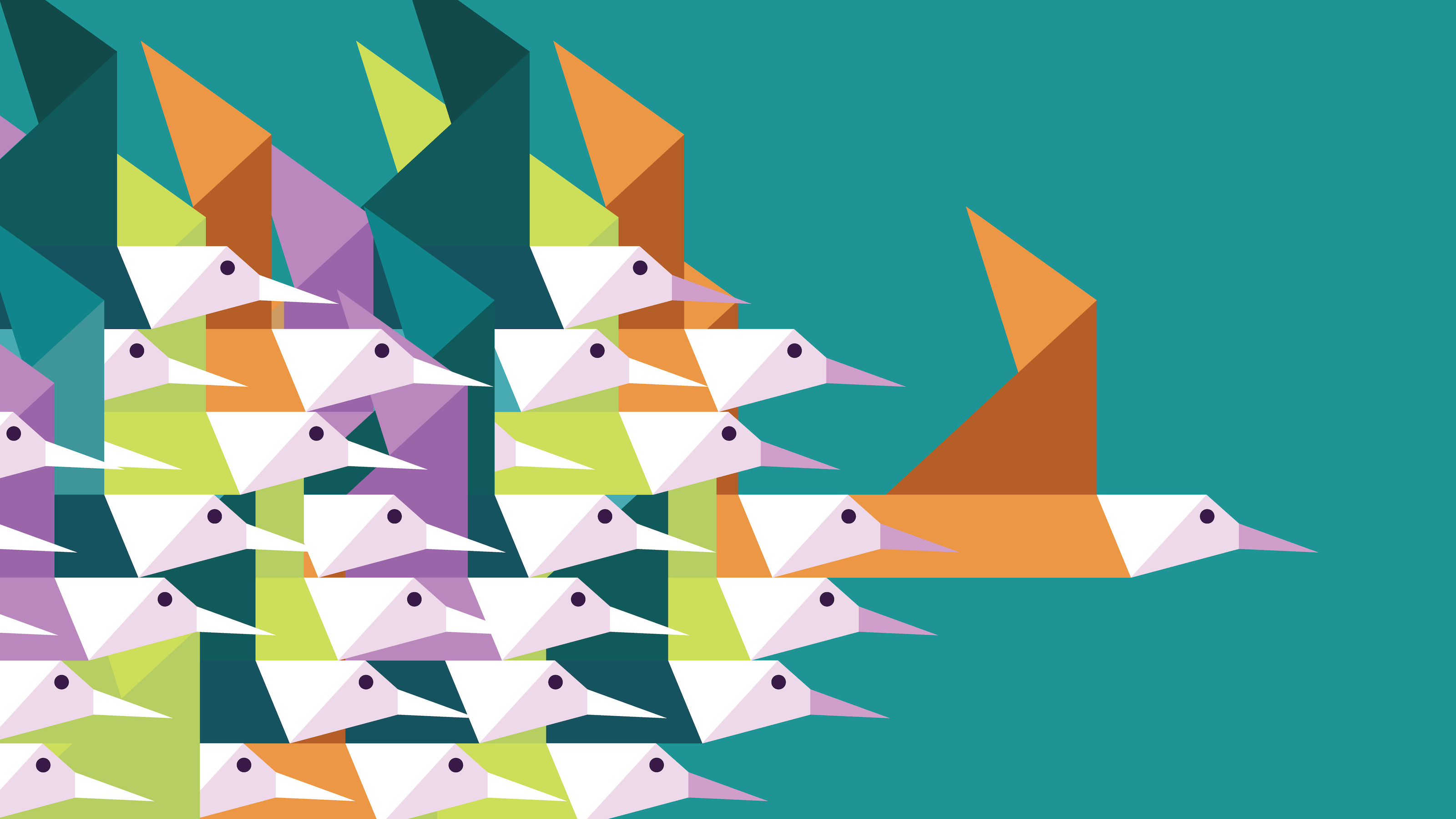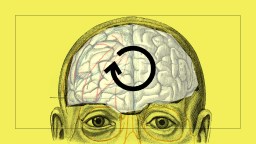Space Tourism
The successful launch of a private rocket into outer space, which could one day take tourists on suborbital flights, comes just as the U.S. government makes deep cuts at NASA.
The successful launch of a private rocket into outer space, which could one day take tourists on suborbital flights, comes just as the U.S. government makes deep cuts at NASA. “The launch on June 4th of a Falcon 9 rocket, built by SpaceX, from Cape Canaveral, in Florida, is a turning point in the development of private space flight. Though the industry’s coming of age is still some way in the future, this launch marks, if you like, its transition from childhood to adolescence,” says the Economist. “The important point about Falcon 9, so called because its lift-off is propelled by nine of SpaceX’s proprietary Merlin rocket motors, is that it is powerful enough to put people into orbit.”




